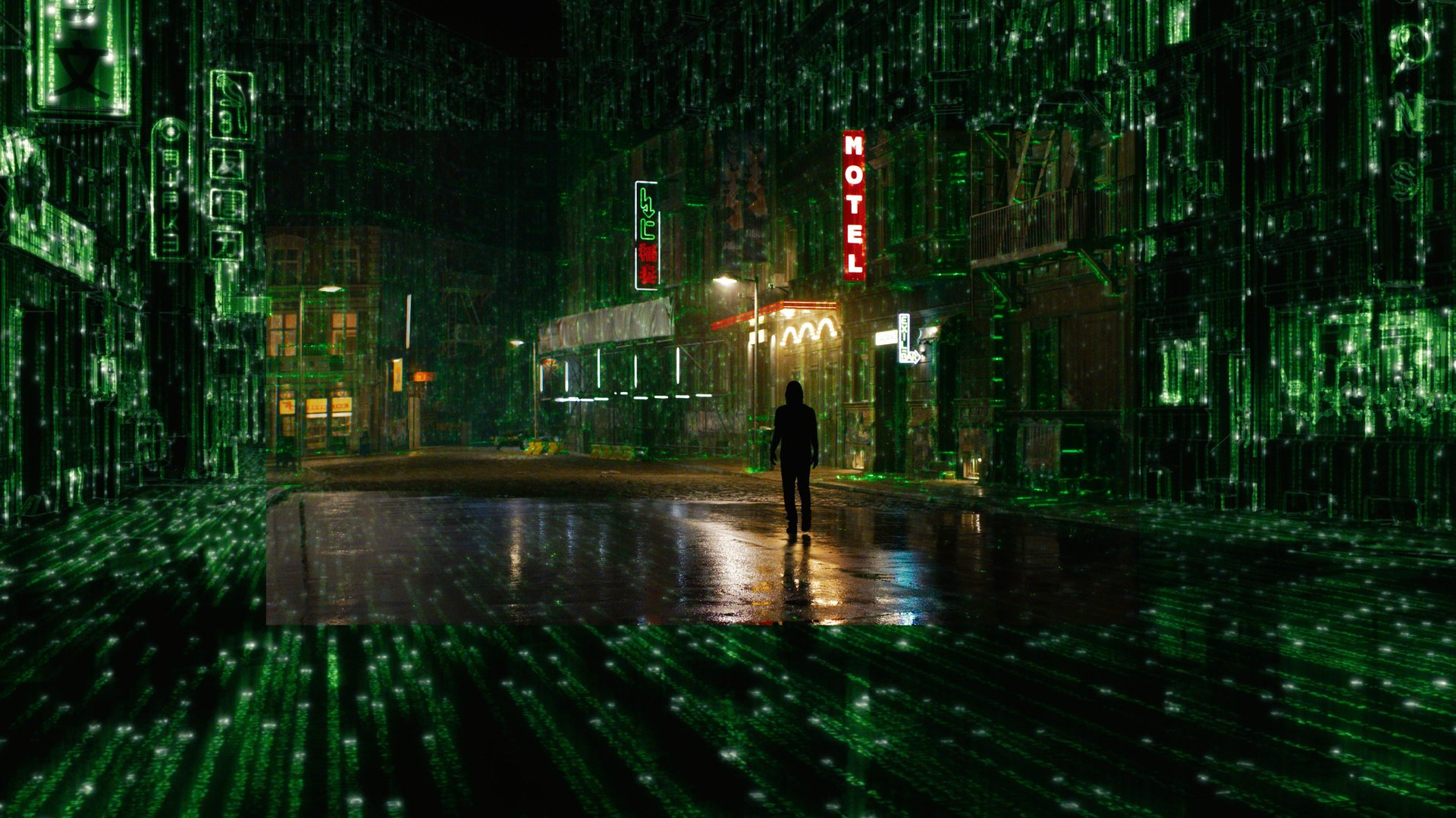“The Matrix Resurrections” is mostly about trolling Hollywood capitalism
The first Matrix film was about resisting systems of control. In that case, the control was administered by artificial intelligence-powered robots, who kept locked in a virtual world to serve as a power source. The metaphor for governmental control versus free will was obvious but compelling.


The first Matrix film was about resisting systems of control. In that case, the control was administered by artificial intelligence-powered robots, who kept locked in a virtual world to serve as a power source. The metaphor for governmental control versus free will was obvious but compelling.
Twenty years later, The Matrix Resurrections, which premiered in theaters and on HBO Max on Wednesday, covers a lot of the same territory, but this time the hegemon is quite clearly Hollywood and its tightening grip on the levers of profit over creativity.
(Warning: Spoilers ahead.)
We return to the world of the Matrix via the familiar sight of Thomas Anderson, aka Neo, working in a boring office, stuck in a professional rut.
A great deal of time is spent in marketing meetings as the film’s game studio characters plot how they’ll reboot the Matrix trilogy, which in this film represents a successful video game franchise that looks exactly like the real world film series. Tiffany, a.k.a. Trinity, references Googling her coffee house crush; Anderson is shown using a real HTC virtual reality headset; and a vapid marketing executive, played by Christina Ricci, hands out a detailed marketing plan for the Matrix 4 game.
🎧 For more intel on popular film franchises, listen to the Quartz Obsession podcast episode on sequels. Or subscribe via: Apple Podcasts | Spotify | Google | Stitcher.
At several points, pivotal characters repeat lines from the first film, with tongues firmly planted in cheeks. It’s all very recursive and contemporarily fluent with today’s hyper-aware, panopticon-view accustomed audiences. But instead of a cleverly woven tapestry of Jean Baudrillard-inspired semiotics, the film plays more like a simplified message bomb developed by a creative agency for a corporate client like Lexus or Microsoft.
“No one can be told what the Matrix is…blah, blah blah…” says the new Morpheus in Resurrections.
The Matrix Resurrections
isn’t as cynical as it wants audiences to believe
As the main character, middle-aged game developer Anderson, sits on the toilet while on a break from the tedium of his day, he spots bathroom graffiti that reads, “It is so much simpler to bury reality than it is to dispose of dreams.”
The Don DeLillo quote from his 1971 novel Americana, which depicts an ex-television executive on a filmmaking journey in search of meaning and reality, could easily be the subtitle to Lana Wachowski’s film.
But where the original trilogy—co-directed with her sister, Lilly Wachowski—delivered a compelling balance of philosophy and art, Resurrections is top-heavy with message, possibly due to the lack of the other sibling’s balancing input. The result is a film that seems less interested in developing the Matrix universe, and instead responds, directly, to the state of cinema.
As DeLillo’s character quips in Americana, “Fellini says the right eye is for reality and the left eye is the fantasy eye.” Despite the nostalgic Neo/Trinity love story, Resurrections seems to be missing the heart—the left eye—that made the original series resonate with fans for decades.
The future of the Matrix will probably mirror the marketing subplot of the latest film
The meta approach of Resurrections was telegraphed in a short game tie-in called The Matrix Awakens: An Unreal Engine 5 Experience. The game experience paired Warner Bros. with Epic Games to show off the progress of MetaHumans, virtual characters that are so realistic they may be used to replace human actors in coming years. In the game, Neo and Trinity trade quips about “the marketing people” at Warner Bros. as advertisements for the film whiz by.
In Baudrillard’s Simulation and Simulacra, one of the primary inspirations behind the Wachowski’s original Matrix film, the philosopher writes, “A whole generation of films is emerging that will be…what the android is to man: marvelous artifacts, without weakness, pleasing simulacra that lack only the imaginary, and the hallucination inherent to cinema.” In that respect, the Matrix franchise has finally achieved the perfection of aesthetic recursion the film’s creators originally sought.
The franchise’s initial call to resist control has set the stage for the next phase of artificial actors and advertising as content—Hollywood wins, again, despite Wachowski’s best efforts.